Best AI Models for Digital Art – DALL·E vs Stable Diffusion vs FLUX
🎨 Introduction: Choosing the Right AI Model Matters
AI-generated art has evolved beyond imagination. But with so many models available — DALL·E, Stable Diffusion, and FLUX — how do you know which one fits your creative goals?
In this guide, we’ll break down their strengths, weaknesses, and best use cases — so you can create professional-quality AI images right on StyonArt.
🧠 1️⃣ DALL·E – Realism Meets Simplicity
Best for: Realistic, detailed, and commercial-style images.
Technology: OpenAI’s advanced image transformer model trained on billions of real-world visuals.
✅ Strengths:
Excellent for portraits, ads, and lifelike compositions.
Understands complex prompts with natural language.
Delivers balanced lighting and natural color tones.
Great for marketing visuals and product renders.
⚠️ Limitations:
Less flexible in “artistic” or fantasy styles.
Slightly slower for batch generations.
💡 Expert Tip: Use phrases like “studio lighting,” “natural shadows,” and “photorealistic detail” for best results.
🌀 2️⃣ Stable Diffusion – The Artist’s Playground
Best for: Artistic, experimental, and creative freedom.
Technology: Open-source diffusion model allowing deeper control over styles and prompts.
✅ Strengths:
Ideal for fantasy, anime, digital art, and surreal concepts.
Works perfectly with style blending (e.g. “cyberpunk watercolor portrait”).
Highly customizable with negative prompts and advanced settings.
Generates ultra-detailed 4K visuals on StyonArt using the latest SD XL / 3.5 versions.
⚠️ Limitations:
May require more prompt precision.
Sometimes produces inconsistent faces if prompts are vague.
💡 Expert Tip: Add modifiers like “hyper-detailed,” “cinematic light,” and “sharp focus.”
⚡ 3️⃣ FLUX – Speed and Vibrancy Combined
Best for: Quick, eye-catching visuals with modern aesthetics.
Technology: Lightweight, optimized diffusion engine used on StyonArt for ultra-fast generation.
✅ Strengths:
Generates 4 variations in seconds.
Amazing color vibrancy and dynamic contrast.
Perfect for social media art, concept previews, and poster-style imagery.
Excellent for mobile workflows or quick inspiration sessions.
⚠️ Limitations:
Slightly less accurate in complex compositions.
Not ideal for highly realistic human faces.
💡 Expert Tip: Combine FLUX with bright palettes — try “neon reflections” or “vivid cinematic color.”
📊 4️⃣ Quick Comparison Table
| Feature | DALL·E | Stable Diffusion | FLUX |
|---|---|---|---|
| Speed | ⚡⚡ | ⚡ | ⚡⚡⚡ |
| Realism | ⭐⭐⭐⭐ | ⭐⭐⭐ | ⭐⭐ |
| Artistic Freedom | ⭐⭐ | ⭐⭐⭐⭐⭐ | ⭐⭐⭐ |
| Detail Quality | ⭐⭐⭐⭐ | ⭐⭐⭐⭐ | ⭐⭐⭐ |
| Ease of Use | ⭐⭐⭐⭐⭐ | ⭐⭐ | ⭐⭐⭐⭐ |
| Best For | Portraits, Ads | Art, Fantasy | Quick, Vibrant Art |
🧭 5️⃣ When to Use Each Model
🧠 Use DALL·E for professional, human-like results.
🎨 Use Stable Diffusion for artistic control and experimentation.
⚡ Use FLUX for instant, colorful, high-energy visuals.
If you’re unsure which one to pick — StyonArt lets you test all three instantly.
🚀 Conclusion: The Power of Choice
The secret to mastering AI art lies in experimentation.
Every idea looks different when powered by different models.
By combining DALL·E’s realism, Stable Diffusion’s creativity, and FLUX’s speed, you unlock unlimited artistic potential.
👉 Start exploring them all today at StyonArt.com — and turn every idea into art.




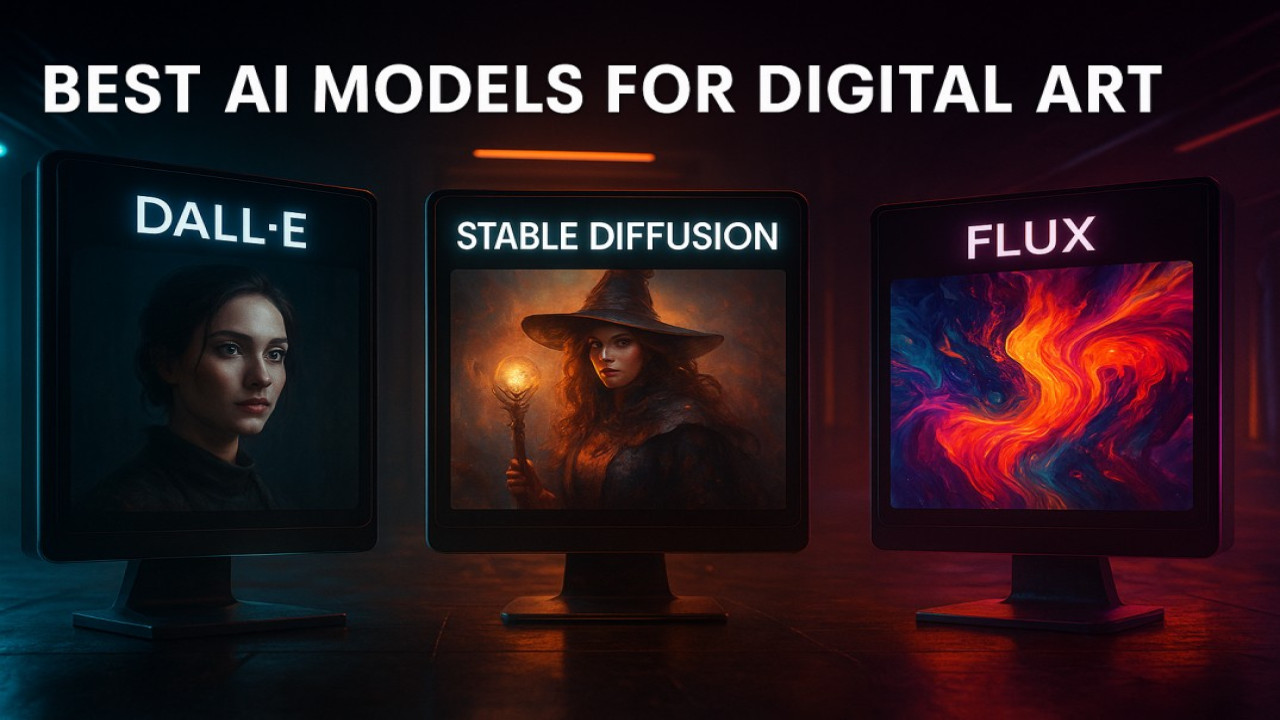

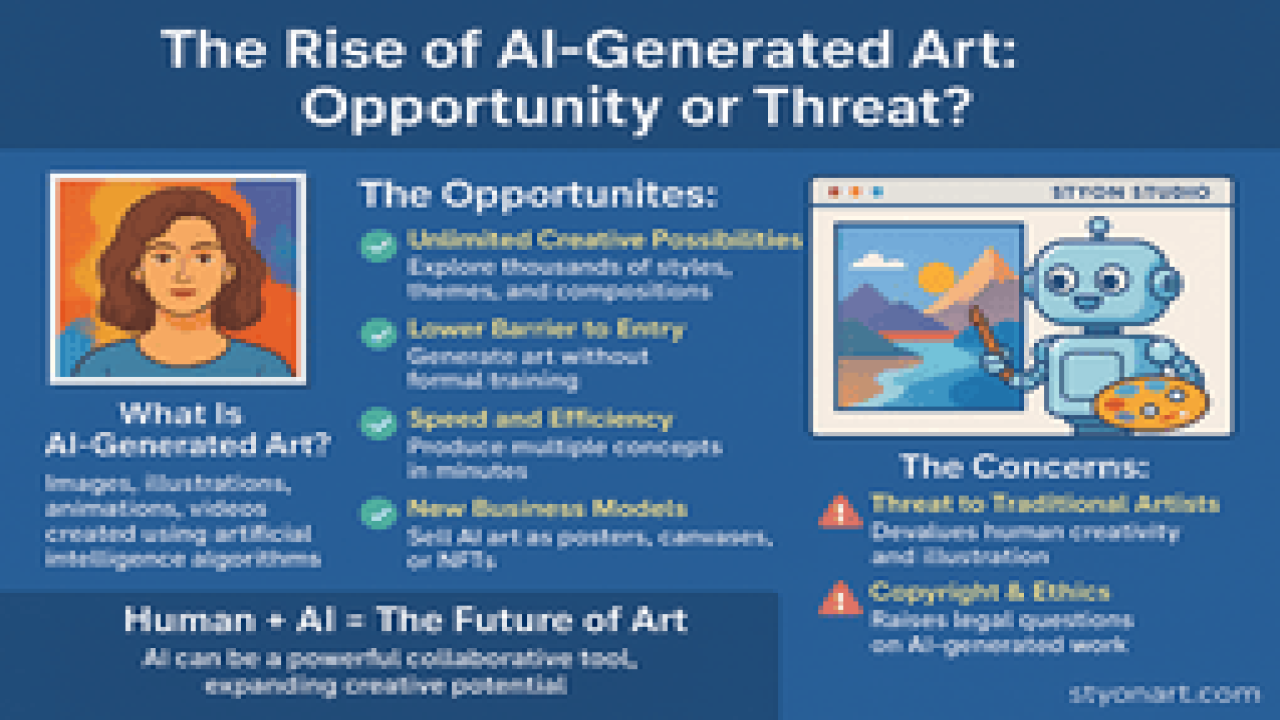
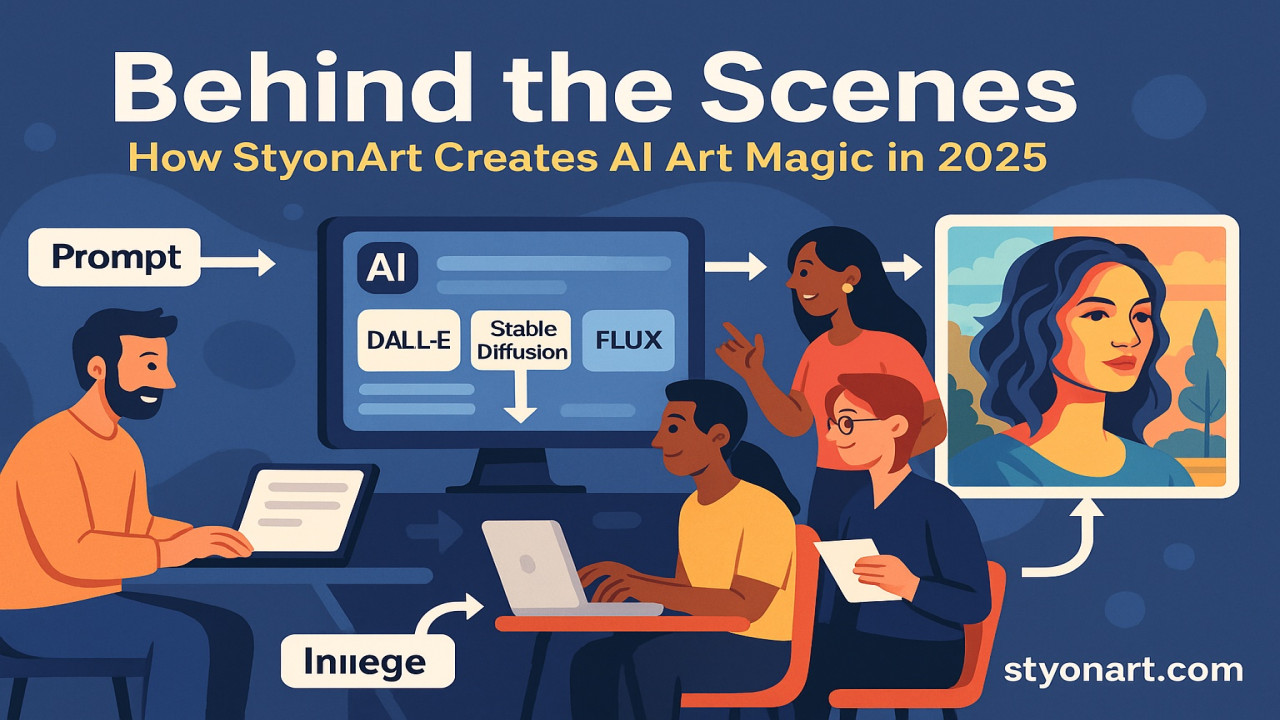

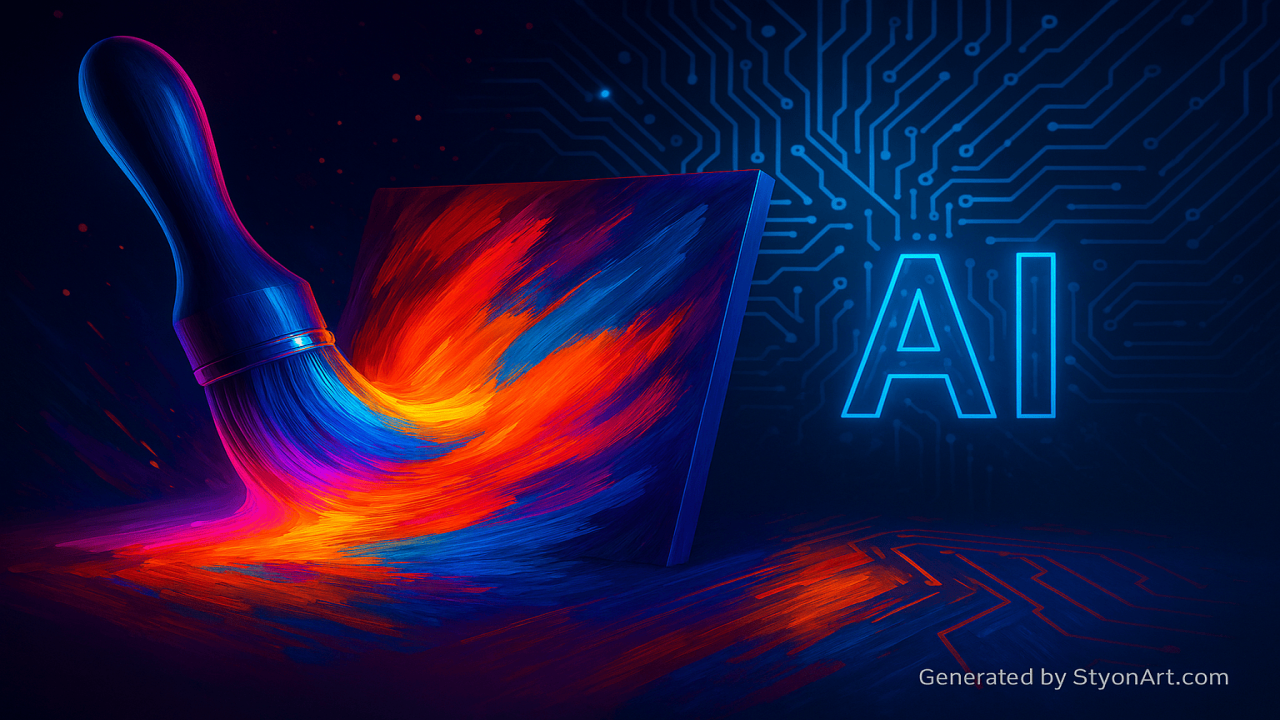

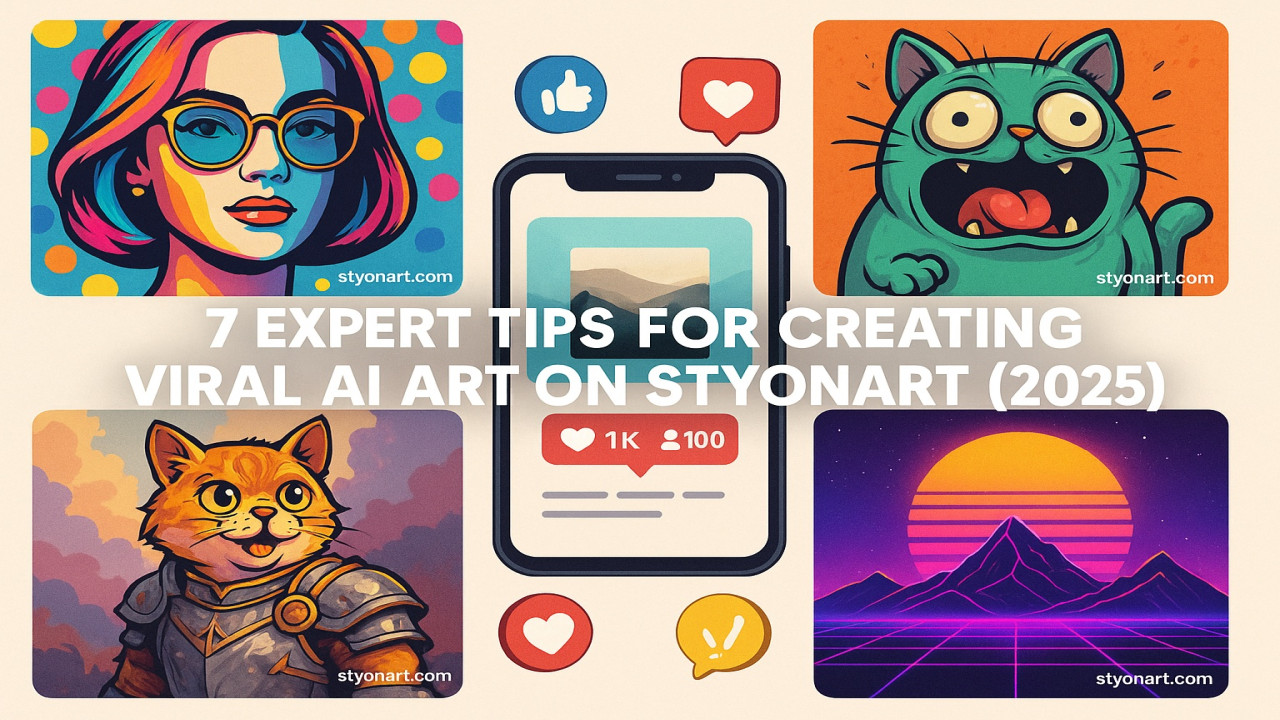
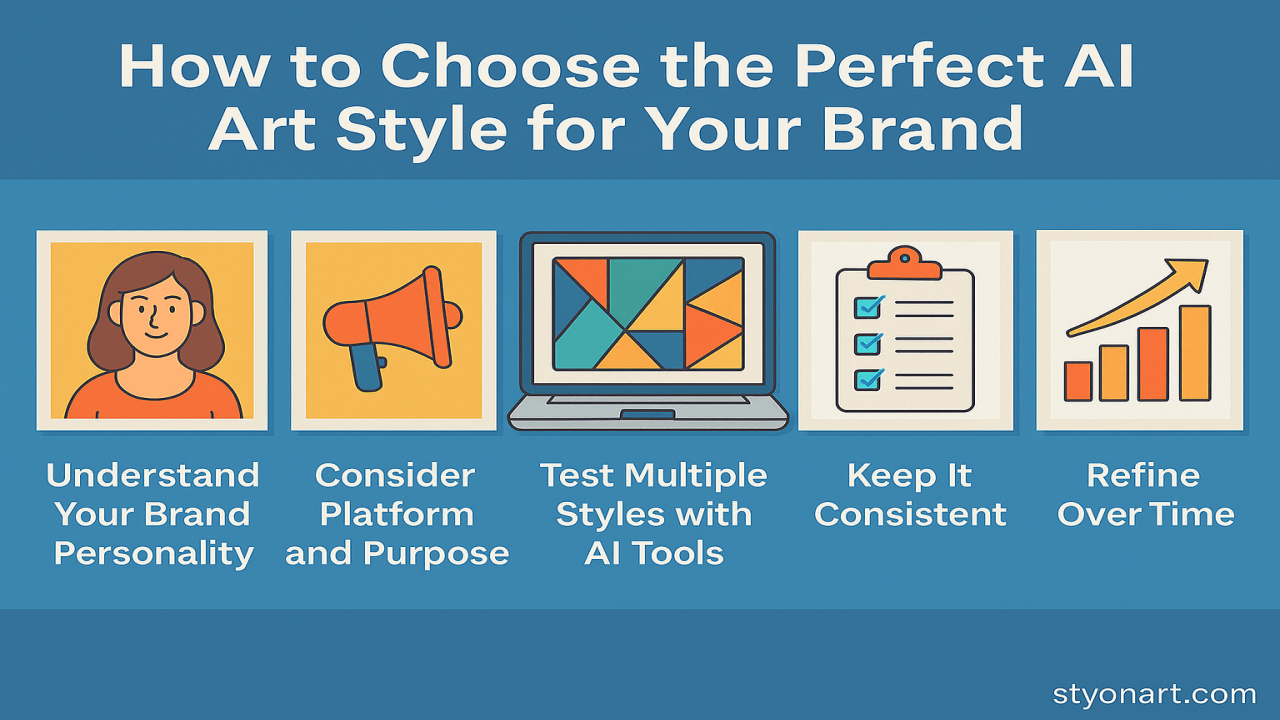
Comments (0)
No comments found